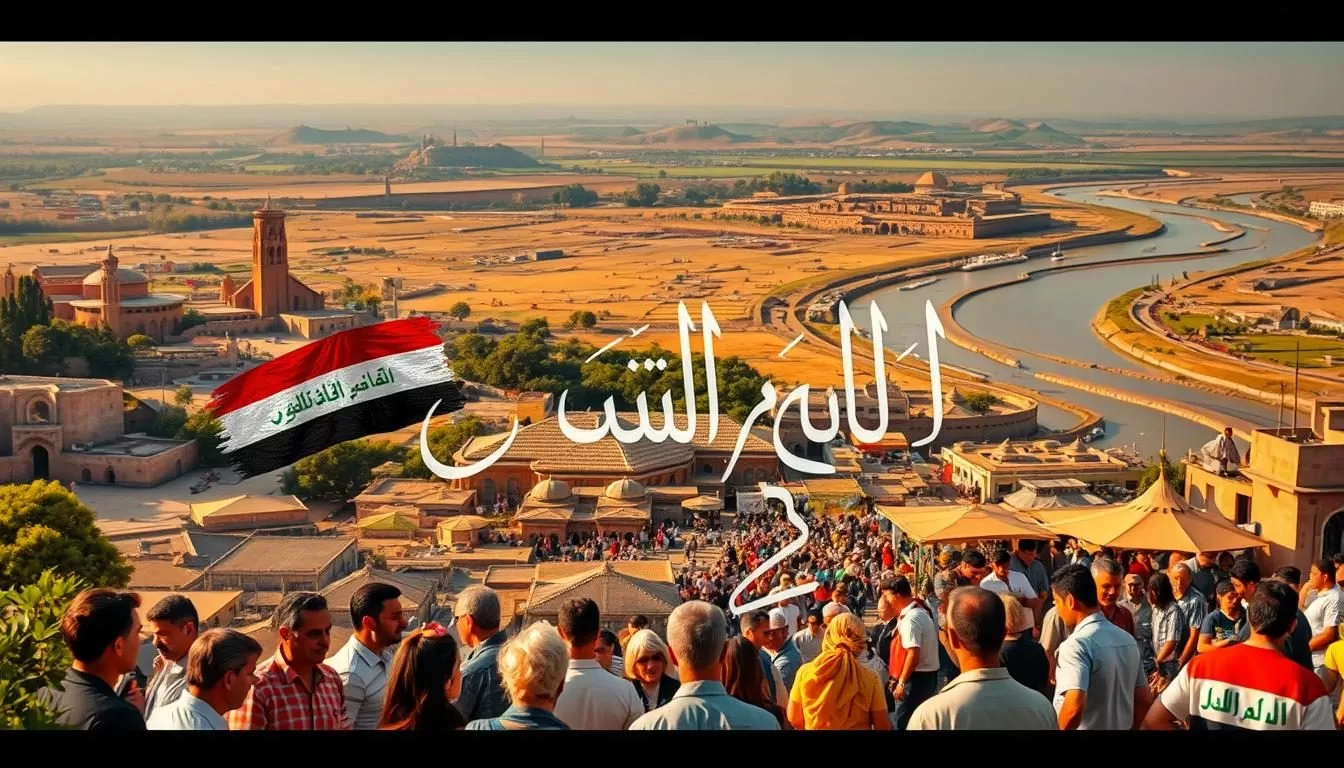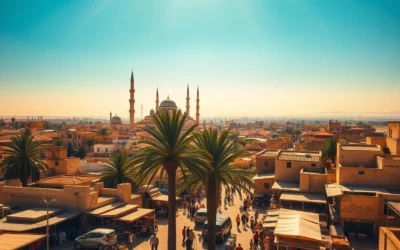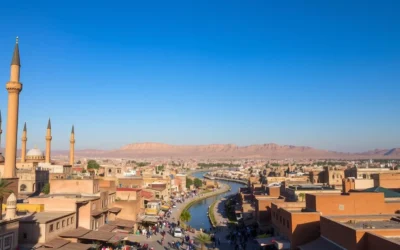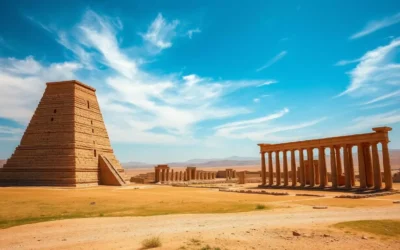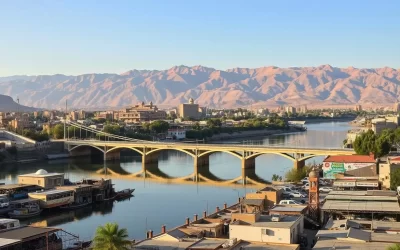✓ Accommodations✓ Flights✓ Rental Cars
Welcome to a journey through the rich linguistic landscape of this fascinating country. Here, you’ll discover how language shapes culture, history, and daily life. Arabic and Kurdish hold the status of official language, reflecting the nation’s diverse heritage.
Mesopotamian Arabic, a unique dialect, dominates as the primary form of communication. It’s influenced by Turkish, Aramaic, and Persian, making it distinct from other Arabic variants. This language spoken in the region connects people across cities and villages.
Beyond the major tongues, minority languages like Neo-Aramaic, Turkmen, and Armenian add to the country’s linguistic tapestry. These minority language communities preserve their traditions through their native tongues.
Education and media play a vital role in reinforcing language usage. Schools in certain areas teach Kurdish, while others focus on preserving minority scripts. This blend of old and new creates a vibrant linguistic environment.
As you explore further, you’ll uncover how historical roots from ancient Mesopotamia influence today’s language landscape. Get ready to dive deeper into dialects, regions, and the preservation of cultural identity.
Discovering Iraq’s Rich Linguistic Heritage
Explore the vibrant tapestry of languages that define Iraq’s cultural identity. From bustling cities to quiet villages, the language spoken here reflects centuries of history and tradition. Mesopotamian Arabic, the dominant dialect, is a unique blend influenced by Turkish, Aramaic, and Persian.
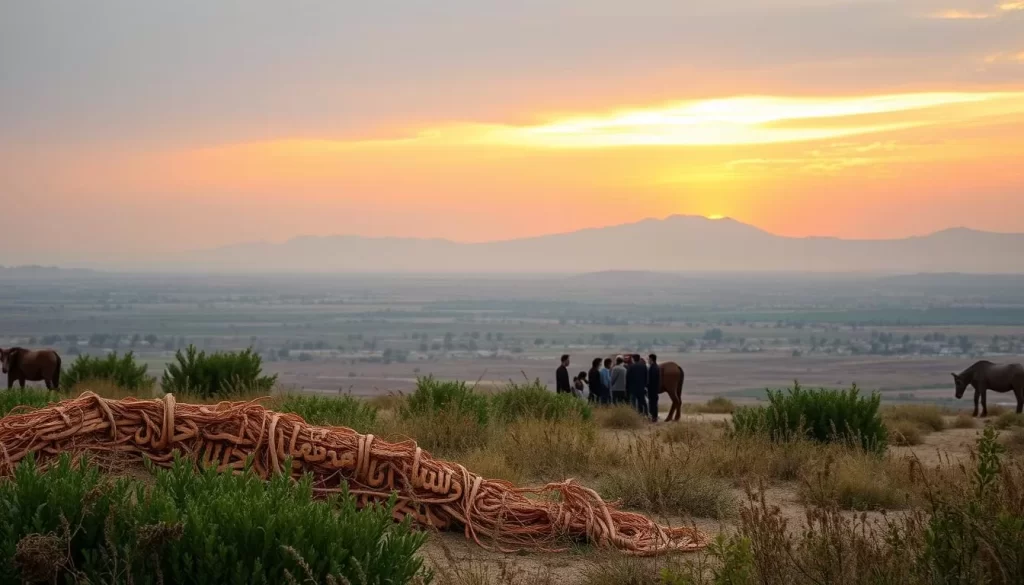
In the northern region, Kurdish takes center stage, showcasing the diversity of this country. Minority tongues like Neo-Aramaic and Turkmen add depth to the linguistic landscape. These minority communities preserve their heritage through their native scripts.
Modern Language Diversity Across the Country
Iraq’s language diversity is a testament to its rich history. Mesopotamian Arabic is widely used, while Kurdish thrives in the north. The Turkmen community switched to the Turkish alphabet in 2005, reflecting cultural shifts.
Here’s a quick look at the linguistic breakdown:
| Language | Region | Script |
|---|---|---|
| Mesopotamian Arabic | Central and Southern Iraq | Modified Perso-Arabic |
| Kurdish | Northern Iraq | Latin and Arabic |
| Neo-Aramaic | Assyrian Communities | Syriac |
Cultural Impact and Social Context
Language plays a vital role in shaping identity. Dialects like Mesopotamian Arabic and Kurdish reflect local pride and heritage. Schools in different areas teach these languages, ensuring their preservation.
Media also reinforces linguistic diversity. Television and radio programs in various tongues connect people across the world. This dynamic interplay between tradition and modernity keeps Iraq’s linguistic heritage alive.
Iraq: Official and widely spoken languages
Understanding the legal framework behind language recognition in this region reveals its cultural depth. The constitution adopted in 2005 declares Arabic and Kurdish as the official languages. This recognition ensures their use in government, education, and public media.
Constitutional Recognition and Official Status
The constitution not only defines the languages but also shapes their role in society. Arabic, particularly Mesopotamian Arabic, is the most widely spoken dialect. Kurdish, with its Sorani and Kurmanji variants, thrives in the northern region.
Minority tongues like Neo-Aramaic and Turkmen are also recognized, preserving their unique scripts and traditions. This legal framework unites diverse linguistic communities across the country.
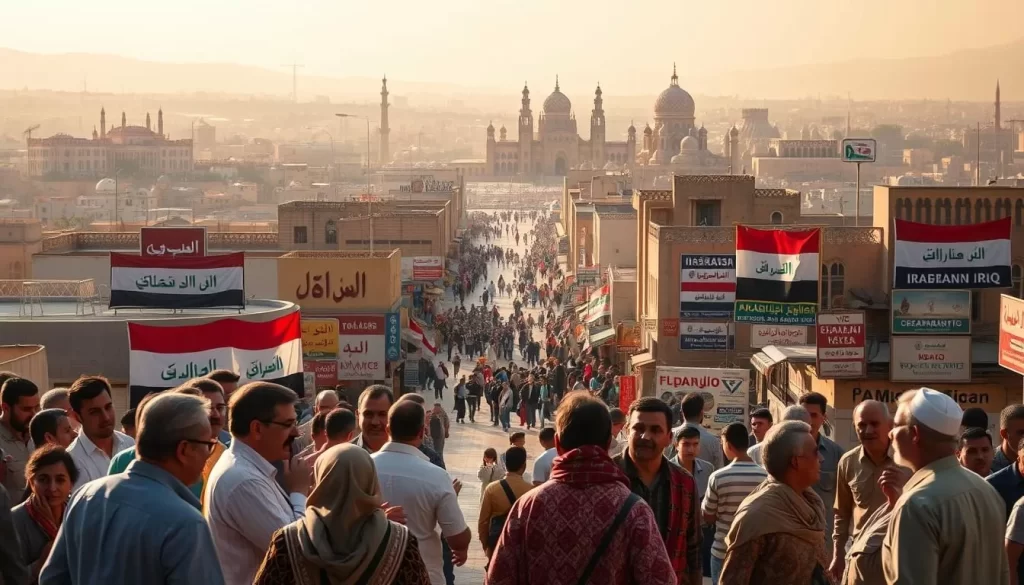
The Role of Education and Media
Educational institutions play a key role in reinforcing language identity. Schools teach Standard Arabic and Sorani Kurdish, ensuring their preservation. Media outlets broadcast in these languages, connecting people across the population.
Here’s a quick overview of how languages are propagated:
| Language | Usage | Script |
|---|---|---|
| Mesopotamian Arabic | Daily communication, media | Perso-Arabic |
| Kurdish | Education, regional media | Latin and Arabic |
| Neo-Aramaic | Minority communities | Syriac |
These efforts highlight the importance of language in cultural and social integration.
Regional Variations and Minority Languages in Iraq
Dive into the diverse linguistic landscape that shapes the identity of this region. From the bustling north to the serene south, language variations paint a vivid picture of cultural richness. The Kurdish dialects, including Kurmanji, Sorani, and Southern Kurdish, dominate the northern region, each serving distinct communities.
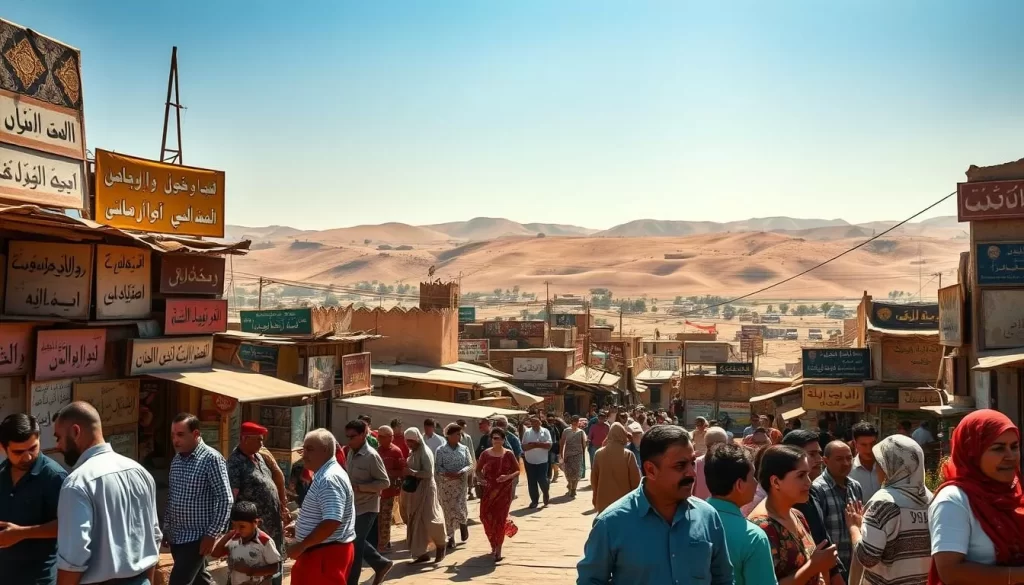
Kurdish Dialects and Regional Usage
Kurdish, with its three main dialects, plays a vital role in the north. Kurmanji, spoken by 15 to 20 million people, is the most widespread. Sorani, used by 6 to 7 million, is recognized as an official language alongside Arabic. Southern Kurdish, though less common, adds to the linguistic diversity.
These dialects reflect the unique identities of their speakers. Despite challenges, efforts to preserve them continue, ensuring their survival for future generations.
Neo-Aramaic, Armenian, and Other Minority Tongues
Beyond Kurdish, minority languages like Neo-Aramaic and Armenian enrich the cultural tapestry. Neo-Aramaic, spoken by Assyrian communities, connects people to their ancient roots. Armenian, though less prevalent, holds historical significance.
However, these languages face preservation challenges due to migration and shifting demographics. Local initiatives aim to safeguard these precious tongues, ensuring they remain a part of the country’s heritage.
Understanding these regional and minority languages offers a deeper appreciation of the region’s cultural complexity. To learn more about the linguistic diversity of the Middle East, explore this resource.
Historical Evolution of Iraq’s Languages
The story of languages in this region is a journey through time, shaped by empires and cultures. From ancient scripts to modern dialects, the way people communicate reflects centuries of change. Let’s explore how history has molded the linguistic landscape.
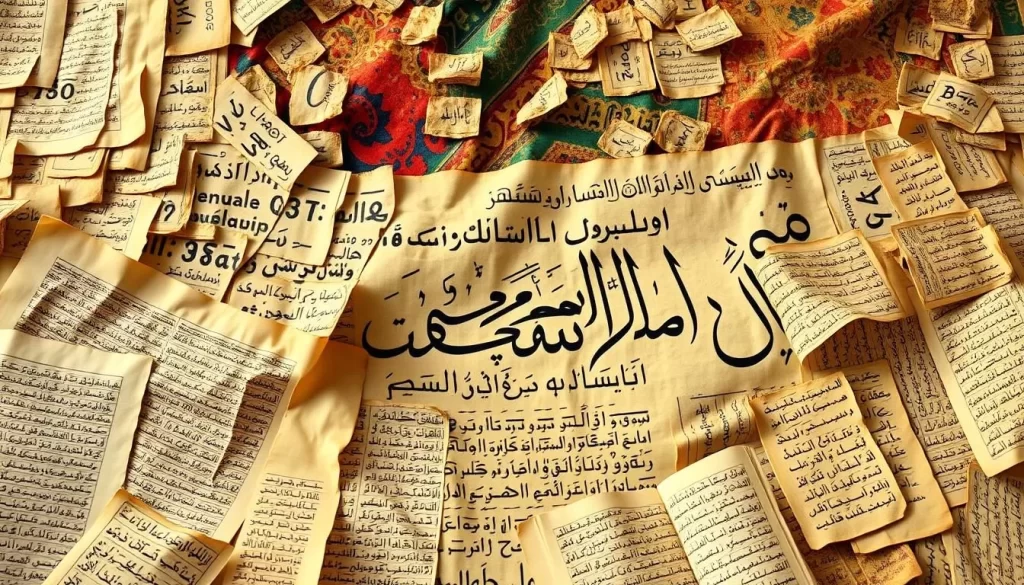
Ancient Languages of Mesopotamia
Thousands of years ago, Sumerian was the first written language, using cuneiform script. It dominated the region until Akkadian emerged as the lingua franca. Aramaic later gained prominence, influencing religious and administrative practices.
These ancient tongues laid the foundation for modern communication. Their scripts and structures still echo in today’s dialects, connecting the past to the present.
Medieval Shifts and Modern Influences
With the Islamic conquests, Arabic became the dominant language. It absorbed elements from earlier tongues, creating unique variants like Mesopotamian Arabic. This dialect reflects centuries of cultural blending.
Historical events, such as the rise and fall of empires, shaped language use. Today, efforts to preserve ancient tongues like Neo-Aramaic highlight their enduring legacy.
| Period | Language | Key Influence |
|---|---|---|
| Ancient | Sumerian, Akkadian | Cuneiform script, early administration |
| Medieval | Aramaic, Arabic | Religious texts, Islamic conquests |
| Modern | Mesopotamian Arabic | Cultural blending, regional identity |
Understanding this layered history offers insight into the region’s cultural complexity. For more on the rise of ancient civilizations, visit this resource.
Conclusion
Language diversity in this region tells a story of cultural resilience and evolution. From the dominant Mesopotamian Arabic to the vibrant Kurdish dialects, each tongue reflects a unique identity. Minority languages like Neo-Aramaic and Turkmen add depth to this rich tapestry, preserving ancient traditions.
The official recognition of Arabic and Kurdish highlights their central role in shaping societal structures. Yet, the preservation of minority tongues remains a challenge, requiring ongoing efforts. Historical roots, from ancient Sumerian to modern dialects, showcase the enduring legacy of these languages.
Understanding this diversity offers a deeper appreciation of cultural and social development. It connects people to their heritage while fostering unity in a multifaceted society. To explore more about this fascinating topic, visit this resource.
Dive deeper into the languages of this region to uncover their profound impact on history and identity. Your journey into this linguistic heritage promises both academic insight and personal enrichment.
The above is subject to change.
Check back often to TRAVEL.COM for the latest travel tips and deals.
